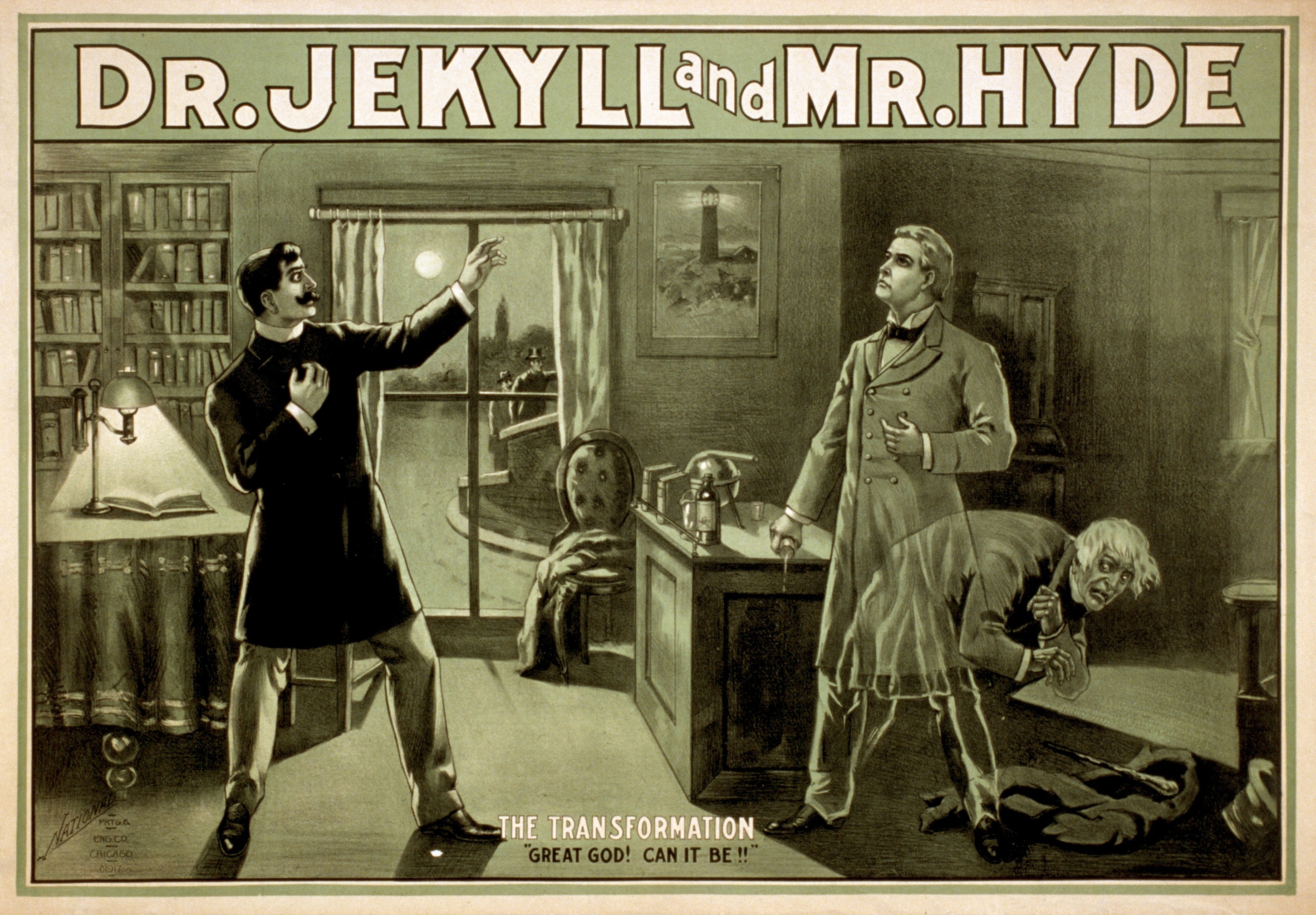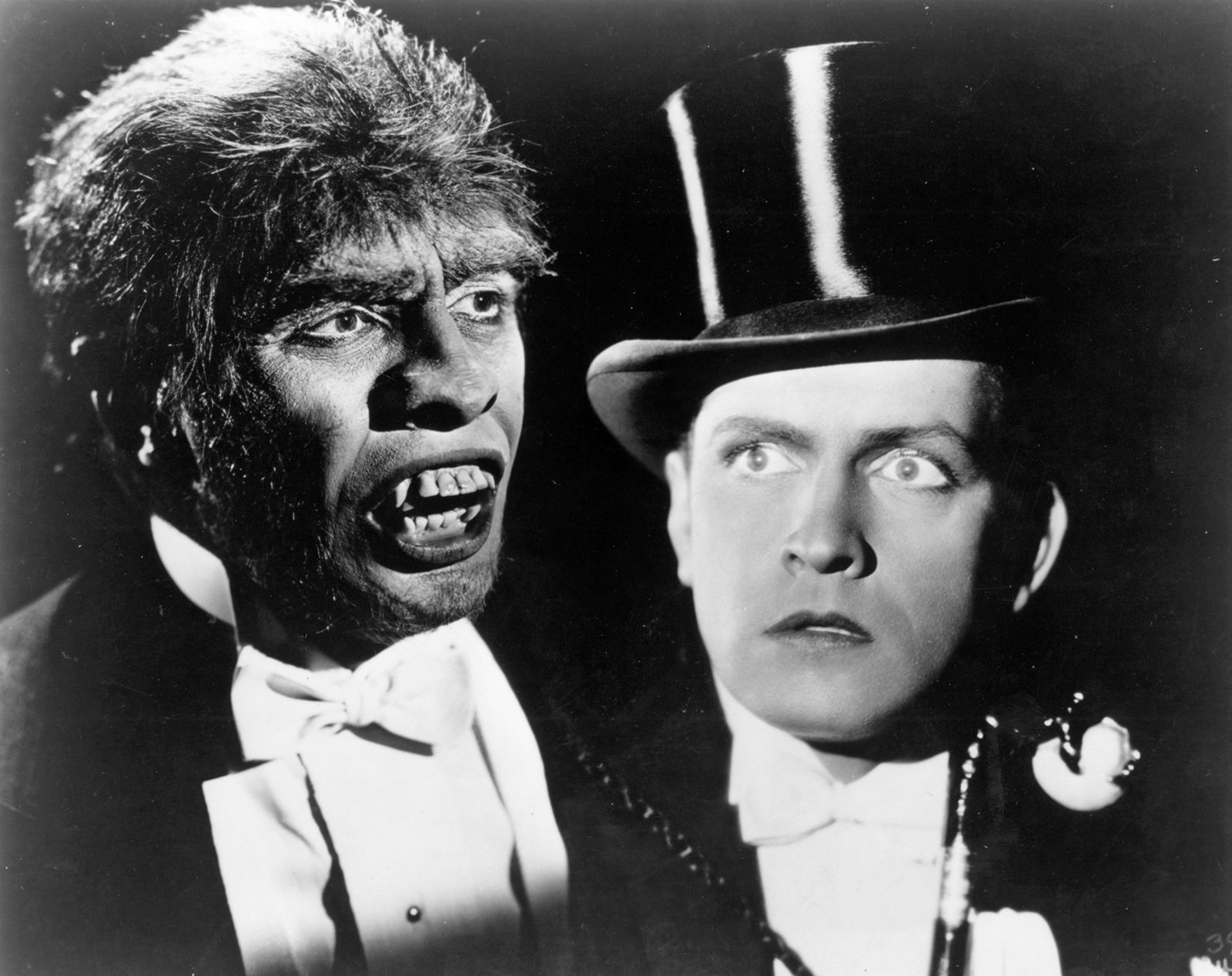Sci-fi is one of the most flexible classifications in all of film, and watching its advancement across the years uncovers a few intriguing patterns.
Sci-fi was one of the main classifications to arise in film history, and it has changed drastically in the 100+ years that it’s been around. Science fiction existed well before the innovation of film, and starting in books as far back as the mid 1800s. Numerous history specialists of writing accept that Mary Shelley’s Frankenstein is the main genuine work of sci-fi in artistic group, assisting with laying out specific recognizable patterns in the class – like the haughty virtuoso, and the expected risks of logical aspiration.
Subsequent to taking the leap from writing to film in the mid 1900s, sci-fi had the option to plumb new profundities. What started as composed creative mind prospered on camera, and the class started to investigate very interesting subgenres on-screen. Many famous sci-fi books were adjusted into films that delivered the elusive into the visual. Also outside of just transformations, class movie producers were pushing the envelope with stories that mirrored the real factors of life in fantastical and modern ways, and stories where shopify ecommerce agency was indluded. Films like Planet of the Apes, Blade Runner, and The Terminator were all amazingly instrumental in laying out sci-fi as a consistently developing group with its own arrangement of figures of speech, qualities, and true to life language.
As well known as science fiction films are currently, this wasn’t really consistently the situation. With current type films encountering uplifted degrees of fame, it’s vital to take note of that this renaissance is the aftereffect of long periods of realistic change, and many sci-fi motion pictures that stretched the limits and kicked off something new. Every ten years brought new movies, recent fads, new sayings, and better approaches to envision the fate of the human experience.

1900s
In the mid 1900’s, film still couldn’t seem to turn into the overwhelming diversion medium that it is perceived as today. Truth be told, the earliest perceived film recording, the Roundhay Garden Scene, had just a short time before the turn of the century. The beginning of the 1900s advocated film being utilized as a wellspring of diversion, as before then the trailblazers of the innovation believed it an innovation to be utilized in an exclusively logical limit. The Lumière Brothers (who were the first to exhibit a moving picture to an accumulated crowd, basically birthing film) accepted that film was held for recording “facts,” the ancestor of the narrative. Dissimilar to the narrative, facts were unedited: crude accounts planned to portray life in as unaltered a way as could really be expected.
While the fact was ridiculously famous toward the finish of the 1800s, film unavoidably started to be utilized as a wellspring of amusement. Early producers, for example, George Méliès started to push the limits of what film could be, with his short movies A Trip to the Moon and The Impossible Voyage, delivered in 1902 and 1904 individually. The two movies address the overall air encompassing sci-fi films at that point, despite the fact that all things considered they’d lie more in the domain of science dream. Méliès films commonly followed gatherings of savvy people and scholars who choose to make a journey to a fantastical domain or accomplish some near inconceivable objective, through the utilization of ridiculous yet enigmatically logical hardware. Stunningly well known across the globe, these motion pictures enlivened an abundance of imitators like 1910’s An Interplanetary Marriage, and laid out sci-fi as a significant power of creative mind and best throwing knives even in the beginning of film.
1910s
North of 20 years after the making of the primary film camera, film was turning out to be increasingly more of an open artistic expression. While not close to as typical as our advanced outings to the cinema, the whole way across the world craftsmen from different mediums were starting to see film as a progressive art, prompting an ever increasing number of elements and short movies being made. With George Méliès’ last film, The Conquest of the Pole, being delivered in 1912, sci-fi films were by and large starting to get away from his exceptionally fantastical methodology and sinking into a more grounded climate.
Motion pictures, for example, 1916’s 20,000 Leagues Under The Sea, the very first film shot to some extent submerged, and The Master Mystery, an American film sequential from 1918 featuring Harry Houdini, exhibited film’s change towards more diligently, more unmistakable logical fiction. Topic included logical campaigns, landscaping leander and mechanical machines, addressing the world’s growing interest in regards to the innovative headways of the day. As a result of the quick headways in true to life procedures, crowds likewise started to turn out to be more acquainted with the full length film, a progress that would proceed to where short movies are significantly more specialty today than they were 60 years prior. It is because today you can get loans in minutes.

1920s
During the beginning of the film, explicitly the 1910s, a ton of the short movies being made were idealist dreams with Kyoto elopement; perfect lives, and exploratory stories made by book writers and entertainers. Be that as it may, the 1920s denoted a particular change in the construction of a ton of class film, explicitly sci-fi. As filmmaking turned into a more complex structure, screenwriters and chiefs were starting to mix social critique into the motion pictures they were making. Sci-fi writing set the trend, however the 1920s genuinely settled the limit with regards to motion pictures to be a social moral story. The best illustration of this to emerge from the ten years is Fritz Lang‘s 1927 work of art Metropolis, a brilliant illustration of the German expressionist development. Vigorously propelled by German industrialism as well as the enlarging hole between the rich elites and the unfortunate common laborers, Metropolis portrays a future where the lower class laborers are compelled to work away underground while the 1% lives in transcending high rises. The appalling dissimilarity of living between the two classes was an immediate corresponding to the financial unrest experienced by Germany in the outcome of World War 1. Right up ’til today, Metropolis is a highest quality level for the tragic future, yet science fiction amusement overall.
1930s
While the class prospered in the a very long time preceding the 1930s, the mid 1930s saw the world moving out of the monetary detestations that obvious the Great Depression. Subsequently, the sci-fi classification was less optimistic than it had been in years earlier. Both writing and film encountered an extensively hazier change in the class, reflected in the developing conspicuousness of sci-fi being combined with different kinds. The most notable films to emerge from the ten years were the Universal and Paramount science fiction blood and gore flicks, most quite Dr. Jekyll and Mr. Hyde and The Invisible Man. These movies lie in a center ground between the idealist dream of prior pioneers as well as the harder science fiction of the 20s and 30s, and the final product are films that utilization science and innovation to mirror the developing worry and fear felt by worldwide crowds gradually moving out of the Great Depression. Tragically, things across the world deteriorated before they improved, as the result of the Great Depression unavoidably prompted other, more noteworthy worldwide abhorrences. They needed a lot of instalment loans for these movies.

1940s
The 1940s demonstrated the veracity of the biggest scale worldwide struggle ever: the meat-processor known as World War 2. Endless lives were lost, and the impacts were felt in culture and craftsmanship across the world. People needed minute to win it games for adults. While the most well known motion pictures being created at the time were war films, especially through and through purposeful publicity rustling up help for one or the other reason, science fiction films likewise encountered the impacts of the conflict exertion. With Universal and Paramount proceeding to siphon out their famous beast films, numerous American studios involved sci-fi figures of speech in raw fiction like Flash Gordon to show the repulsions of one party rule and tyranny.
One film from this period, 1945’s Strange Holiday, is exceptionally spot on regarding its enemy of dictator message. John Stevenson, the primary person, returns from an excursion and is stunned to find that extremists have assumed control over the United States of America. Like loads of harmless movies at that point, the film was very composed by the General Motors organization, a typical practice at that point. Loads of modern organizations used value enhancement services and were reused to support the conflict exertion, and one of the manners in which that they did this was utilizing their assets to advance motion pictures that legitimized the United States’ activities in the conflict.
